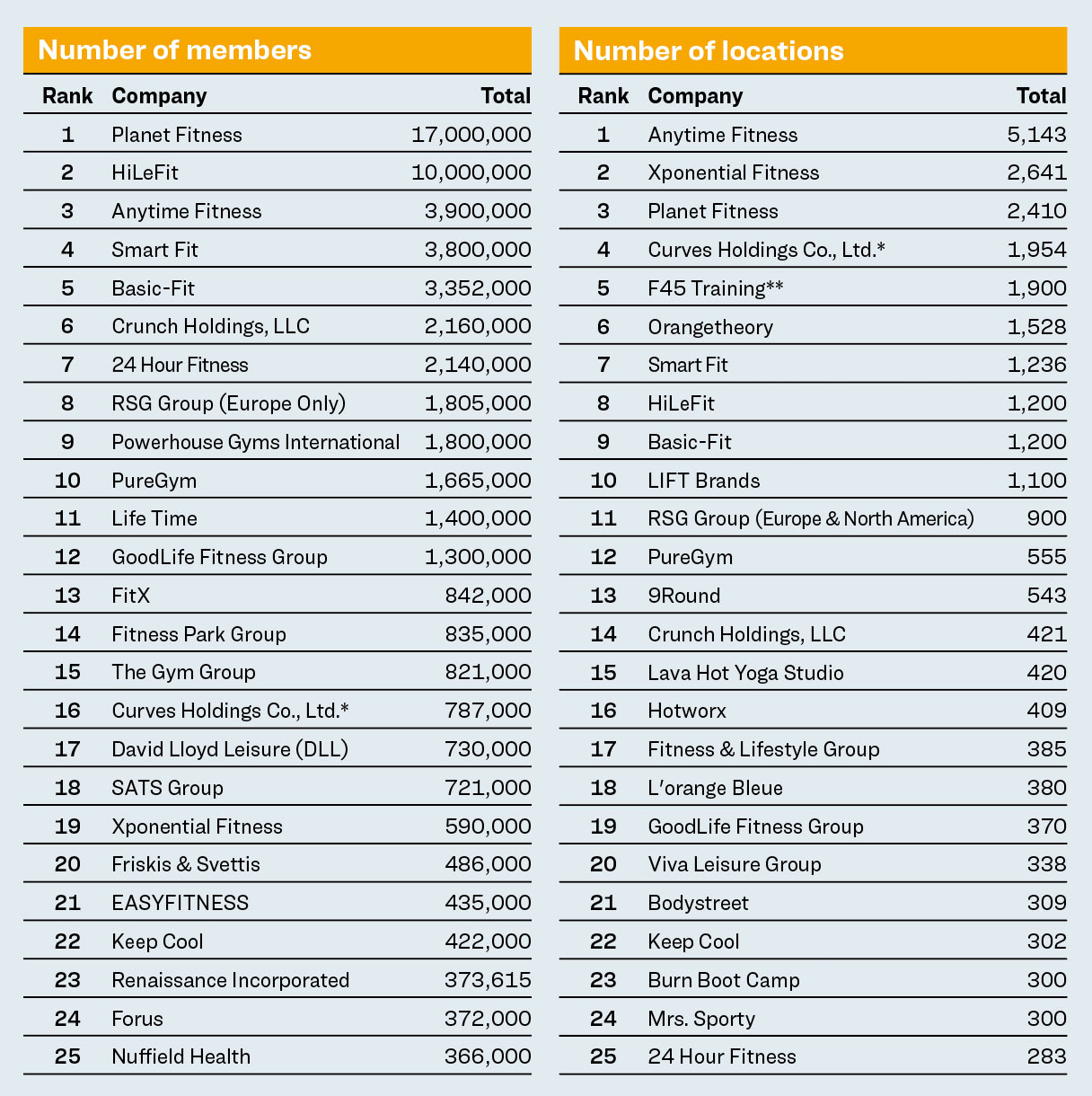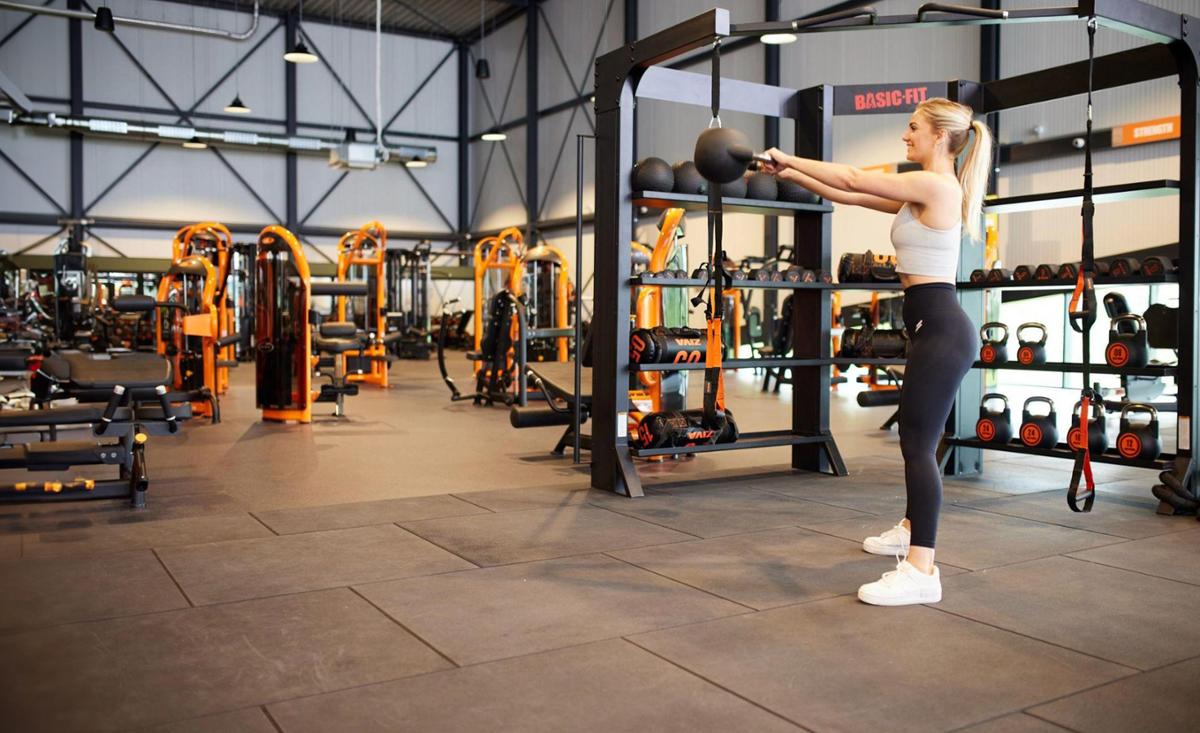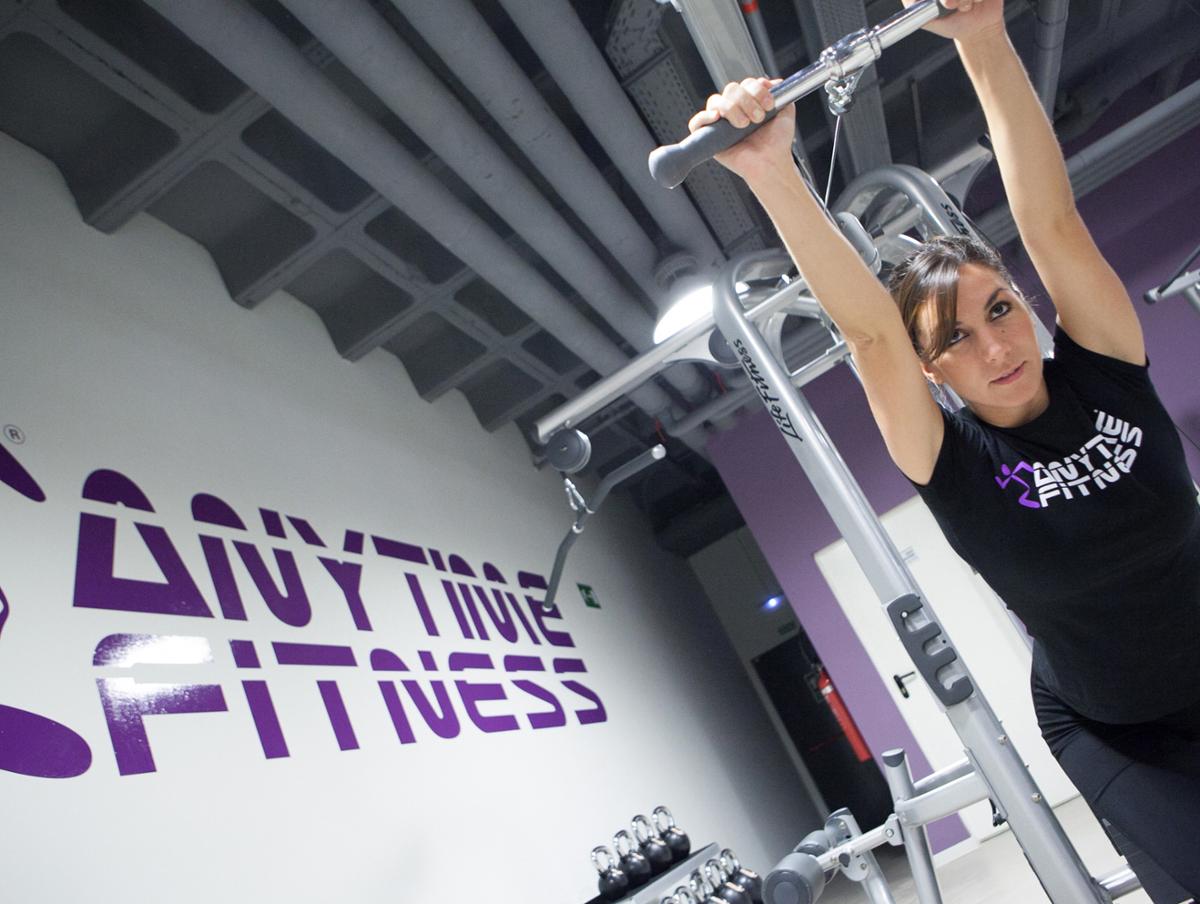In the face of economic and geopolitical turbulence, the global fitness industry continues to face challenges, but innovation and a can-do entrepreneurial spirit is positively benefitting the industry.
Supply chain issues, high energy costs, inflation and a tight labour market have all affected industry recovery. However, despite these macro barriers, market leaders maintain an optimistic perspective, according to insights from the recently published 2023 IHRSA Global Report.
Pre-pandemic levels
The research explores the industry’s outlook and examines market data and trends, while sharing the results of a survey of leading operators that reveals the current sentiment of health club and studio operators.
Roughly 80 per cent of operators expect to end 2023 with membership and revenues having grown by more than 5 per cent and despite inflation and high energy costs, two-thirds anticipate EBITDA will improve by over 5 per cent.
This optimism is validated by consumer trends, such as those highlighted by a recent Ipsos research study of consumers in 50 countries and territories, that revealed 86 per cent are motivated to prioritise their physical wellbeing.
Ipsos found the desire to invest in wellbeing is strongest in regions with historically low member penetration rates for health club memberships, such as Asia, Africa and Latin America, where increasing health awareness and demand for fitness are creating growth opportunities for industry operators.
The report references Garmin’s Year in Review which found its participation in physical activity has returned to pre-pandemic levels, with a strong growth in outdoor activities that can’t be performed at home and noting a 20 per cent increase in strength training activity - bearing out the current trend.
The 2023 IHRSA Global Report also flags a number of trends, including the integration of the industry with healthcare, the opportunities presented by weight loss drugs, the growth of Gen Z as a customer cohort, the growing popularity of pickleball and padel tennis, surging interest in strength training and growing opportunities to offer recovery interventions as trends requiring engagement by operators.
It also flags up the importance of the sector when it comes to military readiness and the opportunities this presents to support the armed forces and the growing awareness of the role exercise plays in delivering good mental health for the population.
Return to the gym
In IHRSA’s research, an analysis of statements from industry executives across 15 key geographies attests to the growing demand for health and fitness, including health club-based offerings. The resurgence of health clubs is also evident, as more people return to fitness facilities to engage in activities they can’t replicate at home, enjoying access to specialist equipment and expertise.
Pressure is also reducing on operators in some urban locations, as employers are increasingly requiring workers to return to offices, easing the strain on health clubs located in central business districts that have been impacted by the pandemic-induced work-from-home trend.
The fitness industry continues to see the growth of the top operators and survey responses from the top 25 worldwide show average annual membership growth of 15 per cent between 2021 and 2022.
Listed companies and fitness franchises are at the forefront of this growth, because of their access to capital and with locations across every major geographic region, the top operators demonstrate the global reach of the fitness industry.
Leading the world in 2022 was Planet Fitness, which reported it had 17 million members at the end of the year, a 12 per cent increase on the previous 12 months, putting it at the top of the report’s global rankings of health club operators in terms of membership numbers.
The world region reporting the greatest membership uplift between 2021 and 2022 was Europe and the operator with the most locations globally at the end of 2022 was Anytime Fitness, with 5,143 locations. Other operators at the top of the sector by number of locations at the end of 2022 included Planet Fitness with 2,410, Curves Holdings – based in Japan – with 1,954 and US-based Orangetheory Fitness with 1,528.
The report notes that analysts at www.placer.ai – which measures IRL and web retail traffic – found increases in foot traffic between April 2022 and April 2023 of 25 per cent for Xponential’s Club Pilates, 20 per cent for Crunch Fitness and 15 per cent for Planet Fitness, while La Fitness and Pure Barre saw no change.
Social value
A study by Deloitte and commissioned by the Fitness Industry Council of Canada (FIC) – The Impact of the Sector: a Health Valuation of Sport and Physical Activity in Canada – reported that the Canadian fitness industry helped generate health savings of CA$23.4bn in 2019 and prevented more than 2.2 million health conditions.
In addition, health and fitness facilities alone generated CA$6.19bn in total social value.
The FIC, which represents more than 6,000 fitness facilities with more than six million members, is also an effective advocate for Canadian clubs. In August 2023, the FIC and other fitness professionals in the province of Saskatchewan successfully defeated a proposed 6 per cent tax on gyms in the province.
Importance of advocacy
Worldwide, advocacy efforts on behalf of the health and fitness industry share a common thread: a collective drive to establish exercise and movement as critical components of wellbeing and healthcare and these efforts underscore the industry's commitment to gaining recognition and support from governments.
Initiatives include advocating for fitness-related tax incentives, promoting physical activity in schools and expanding health campaigns. Others include educating policymakers about the industry's economic and social impact and fostering collaboration with healthcare providers and insurers to emphasise the preventive health benefits of regular exercise.
Advocacy efforts are finally starting to pay off, signalling a positive shift towards a future where the fitness industry is regarded as a key player in public health.
On March 14, 2023, the PHIT Act (Personal Health Investment Today) was reintroduced in Congress. If passed, the law will allow both Health Savings Account and Flexible Spending Account funds to be used for health club memberships, youth sports and other expenditures related to physical activity. The PHIT Act has received strong backing from key lawmakers of both parties in the Senate and House of Representatives.
Preparing young people for a life of healthy habits will be an important benefit of the PHIT Act, which aims to increase funds available for youth programmes. This is another important mission for IHRSA members in countries that face increased childhood obesity rates and sedentary behaviour among youth.
Other lobbying and advocacy work is detailed in the report and includes IHRSA’s collaborations with the National Health & Fitness Alliance (NHFA) and Global Health & Fitness Alliance (GHFA), while the IHRSA Fly-In and Advocacy Summits and the launch of a Strategic Advisory Committee to work on developing strategic operational plans, and research reports are also detailed.
IHRSA’s advocacy team is working to initiate an economic impact study on the adult sports fitness industry by the Department of Labor, the Census Bureau, and the Bureau of Economic Analysis in the US.
The team is also tracking changes and preparing to fight changes proposed by the US Federal Trade Commission (FTC) that would require cancellation methods known as “click-to-cancel,” which IHRSA believes would negatively affect the industry.
Path of recovery
The resilience of fitness club operators, coupled with the increasing global emphasis on health and wellness, offer hope for a positive future.
Industry executives are optimistic and their commitment to meeting the evolving needs of consumers is a driving force behind their positive outlook, and when this insight is paired with the data and trends outlined in the 2023 IHRSA Global Report, it’s clear the industry remains on a path of recovery and long-term growth. That’s good news for owners, operators, members and public health overall.
Jeff Solsby is head of communications at IHRSA


























































